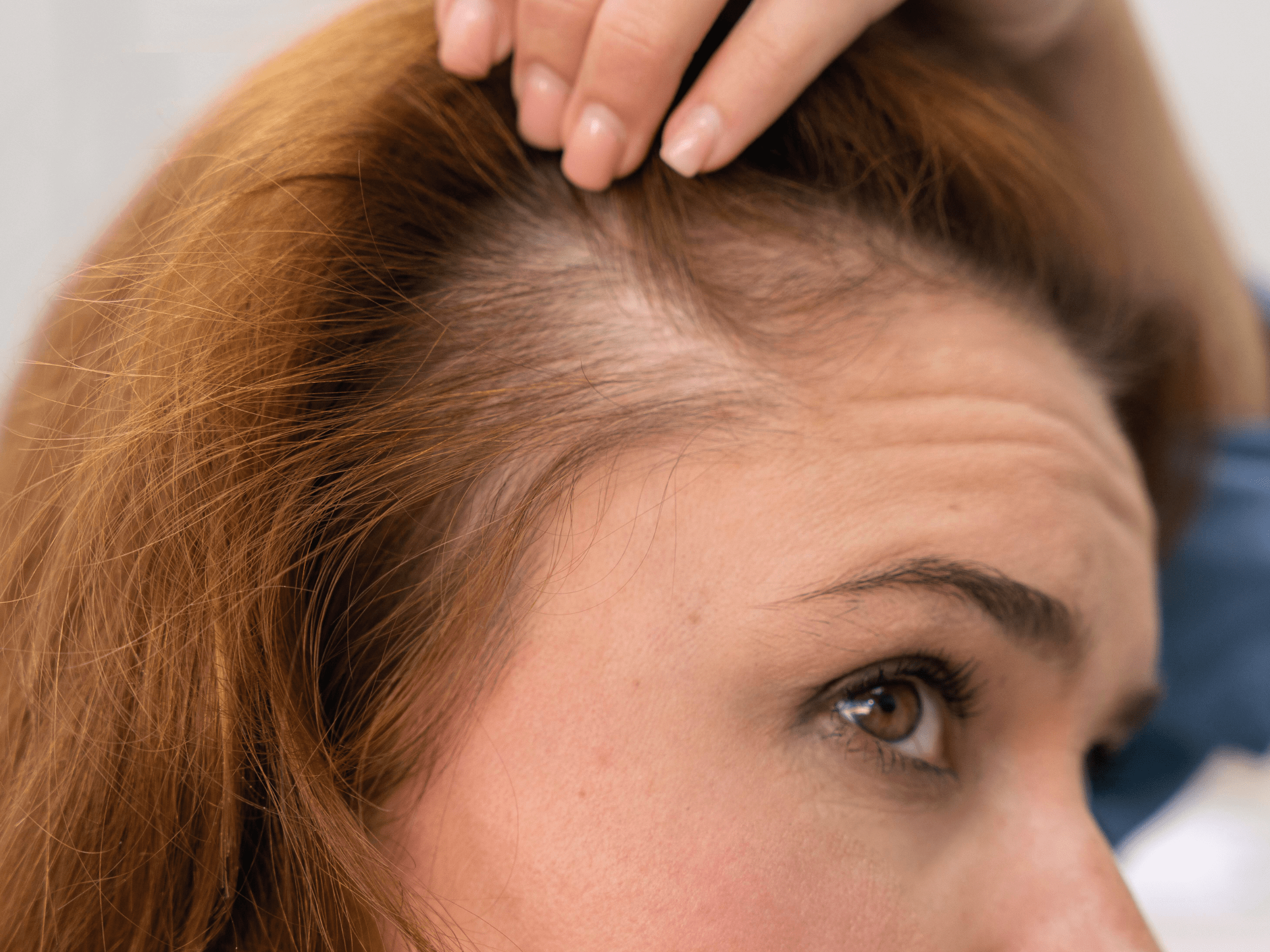
Causes, Symptoms, and Prevention
Hair Medical Restoration
Traction Alopecia is a common but often overlooked form of hair loss that occurs when excessive tension or pulling is applied to the hair follicles over an extended period. This condition can affect anyone who regularly wears tight hairstyles, such as braids, cornrows or tight ponytails. While it's typically associated with certain hairstyles, traction alopecia can also result from frequent use of hair extensions and hair accessories that tug on the hair.
Causes
The primary cause of traction alopecia is the repetitive and prolonged pulling force exerted on the hair follicles. This constant tension weakens the follicles and can lead to hair breakage and, in severe cases, permanent hair loss. Common factors contributing to traction alopecia include tight hairstyles, improper application of hair extensions, tight headbands, and even overly aggressive hair brushing.
Symptoms
Identifying traction alopecia in its early stages is crucial to prevent irreversible hair loss. Some common symptoms to watch out for include:
- Thinning Hair
The first sign is often a noticeable thinning of the hair around the hairline, temples, or the crown of the head.
- Receding Hairline
Traction alopecia can cause the hairline to recede, creating a "widow's peak" appearance.
- Bald Spots
In severe cases, bald spots or patches of hair loss may develop in areas where the tension is most concentrated.
- Scalp Sensitivity
Individuals with traction alopecia may experience tenderness or pain on the scalp, particularly in the areas under strain.
Prevention and Treatment
Preventing traction alopecia begins with adopting gentler haircare practices. Here are some tips to help avoid this condition:
- Loose Hairstyles
Opt for looser hairstyles that don't place excessive stress on your hair follicles. Give your hair regular breaks from tight styles.
- Avoid Hair Extensions
If you use hair extensions, ensure they are applied by a professional who understands the importance of not pulling too tightly.
- Gentle Hair Care
Use wide-toothed combs or brushes with soft bristles to minimize hair breakage. Avoid vigorous brushing when your hair is wet.
- Regular Scalp Massage
Massaging your scalp can improve blood circulation, which can help maintain healthy hair follicles.
- Avoid Tight Accessories
Be cautious with headbands, hats, and hair ties that may pull on your hair. Choose those with soft materials and a looser fit.
To obtain more personalized information, it is necessary to go to a consultation with one of our specialists in hair care. Hair Medical Restoration together with Dr. Jorge Cortez, offer online or face-to-face consultations to determine your specific case about the procedure. They will perform an analysis considering your circumstances, providing fully personalized advice based on your experience and expectations.
Traction alopecia is a preventable form of hair loss that arises from repeated and excessive tension on the hair follicles. By adopting gentler hair care practices and being mindful of the hairstyles and accessories you use, you can minimize the risk of developing this condition and maintain a healthy, full head of hair.



